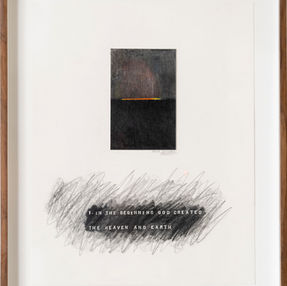Minoru Ohira (born 1950, Niigata, Japan) is an internationally recognized artist whose work spans sculpture, drawing, and design. He holds a Bachelor of Fine Arts from Kanazawa City Arts and Crafts College (1975) and a Master's in Art Education from Tokyo University of the Arts (1977). Ohira's artistic journey took him from Japan to Mexico and California, where he developed a unique approach that blends the influence of Japanese tradition, Mexican craftsmanship, and Western design.
Ohira is known for creating sculptures from found and reclaimed materials, including wood, slate, and glass. His work is deeply connected to nature, both in form and concept, reflecting his long-standing interest in sustainability and the environment. Drawing inspiration from primitive cultures and archaeological heritage, he was profoundly impacted by the natural materials and handcrafted objects he encountered in small Mexican villages during his travels 40 years ago. There, he witnessed how people made functional, beautiful objects from the natural resources available to them—an experience that would shape his practice.
Today, Ohira continues to explore the intersection of nature, culture, and craftsmanship, creating large-scale sculptures that embrace sustainability through the use of recycled materials. His work is a harmonious blend of diverse influences, shaped by his three cultural backgrounds: Japanese, Mexican, and American. These influences come together in the methodical process of woodworking, where the material itself becomes a conduit for expressing his cultural amalgamation and his reverence for the environment.
Ohira’s work is represented in major public collections, including the Hara Museum of Contemporary Art (Tokyo), Honolulu Museum of Art, Long Beach Museum of Art, Los Angeles County Museum of Art, National Gallery of Thailand (Bangkok), and the National Museum of Art in Mexico.
Through his sculptures, Minoru Ohira seeks to connect viewers to the natural world, the beauty of reclaimed materials, and the rich histories that shape our understanding of craftsmanship and design.











